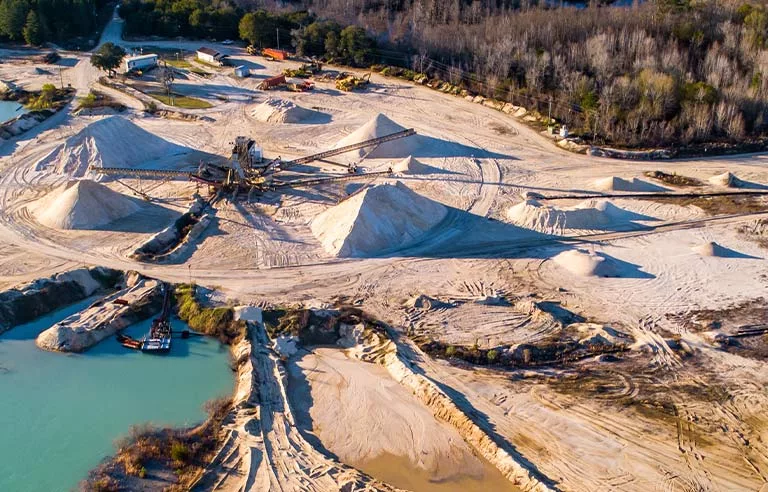
Photo: Michael Milner/gettyimages
Toronto — For surface miners, working near water exposes them to “a variety of risks – including drowning and slope stability hazards – and requires special planning,” the Infrastructure Health and Safety Association says.
In a new guidance document, IHSA encourages surface mine operators to create a water management program to help identify hazards related to working near water – such as drowning or slope failure caused by ground instability – and then implement controls for each.
IHSA offers best practices for safe work in these conditions:
- Provide instruction and training specific to the workplace and its hazards.
- Outline the exact areas where work will happen before beginning a job. Identify environmental conditions that might increase danger, as well as safety controls. Make sure emergency plans are in place.
- Have a competent person inspect ground conditions for slope-stability hazards before beginning any underwater excavation.
- Install guardrails at all docks, wharfs or jetty edges where workers pass within 6½ feet of an edge or where a risk assessment indicates that a fall into water is possible.
- Paint a yellow line on the ground at all berths if guardrails aren’t feasible. The line should be least 6½ feet from the berth edge. Install clear signage and ensure workers wear personal flotation devices.
- Install adequate barriers to keep equipment away from the water’s edge if a risk of mobile equipment falling into water is present.
- Provide safe access and egress between vessels, the shore and work areas. Tell workers to always use gangways and never step over gaps.
McCraren Compliance offers comprehensive safety training to help prevent accidents. Visit our class calendar to see how our training and consulting services can enhance your safety efforts.
Original article published by Safety+Health an NSC publication